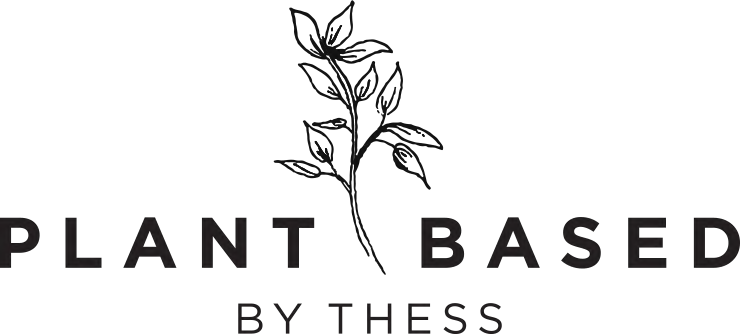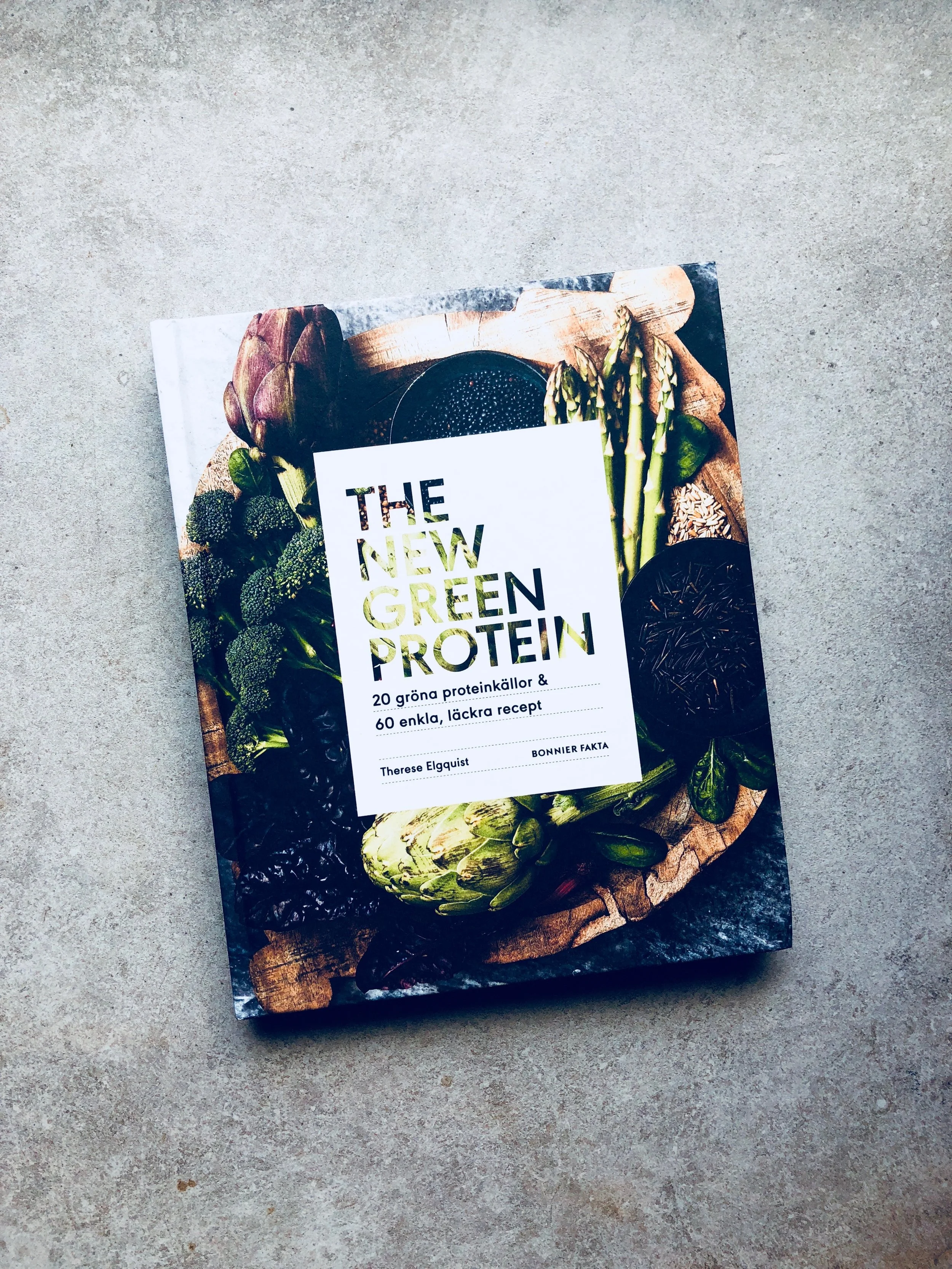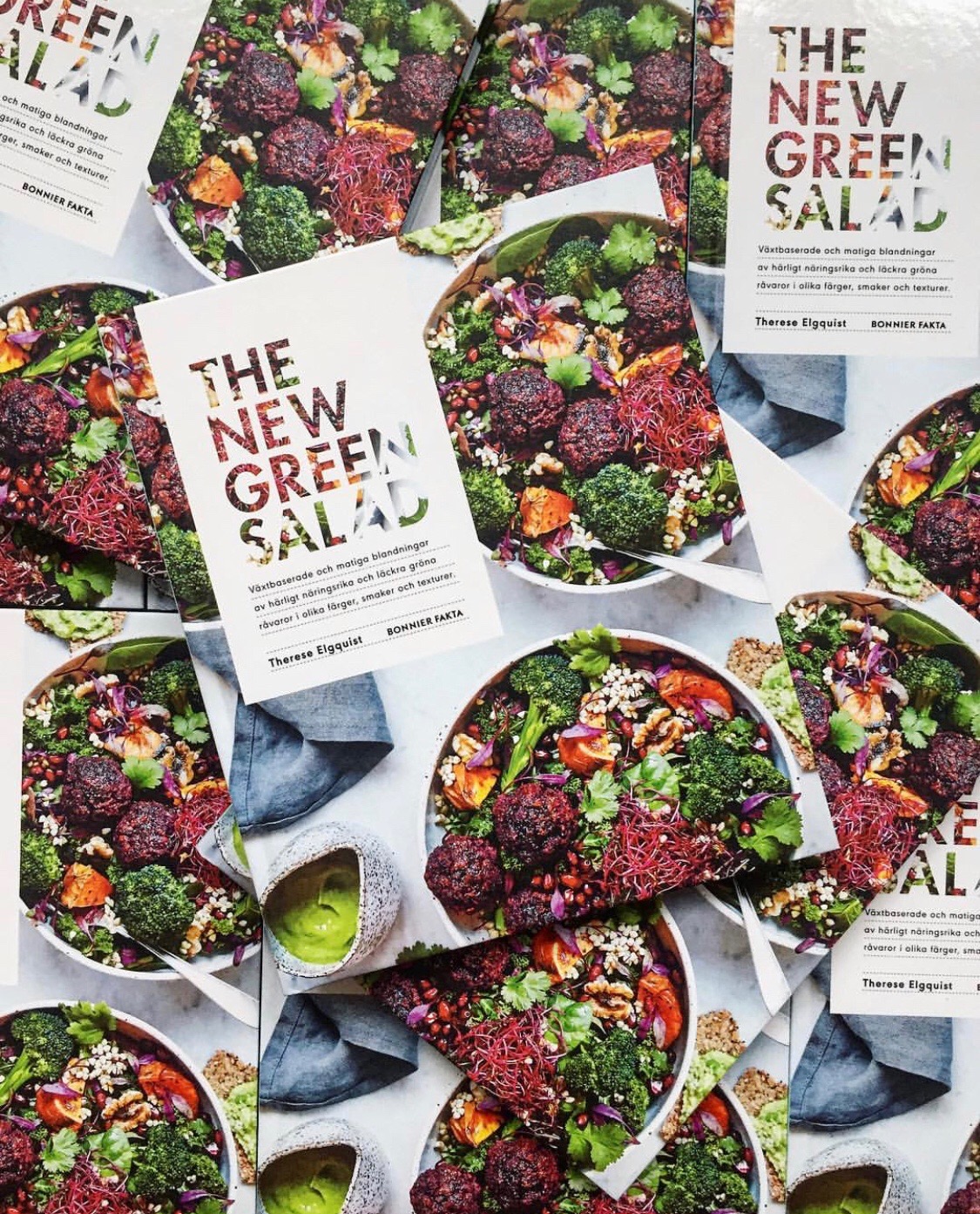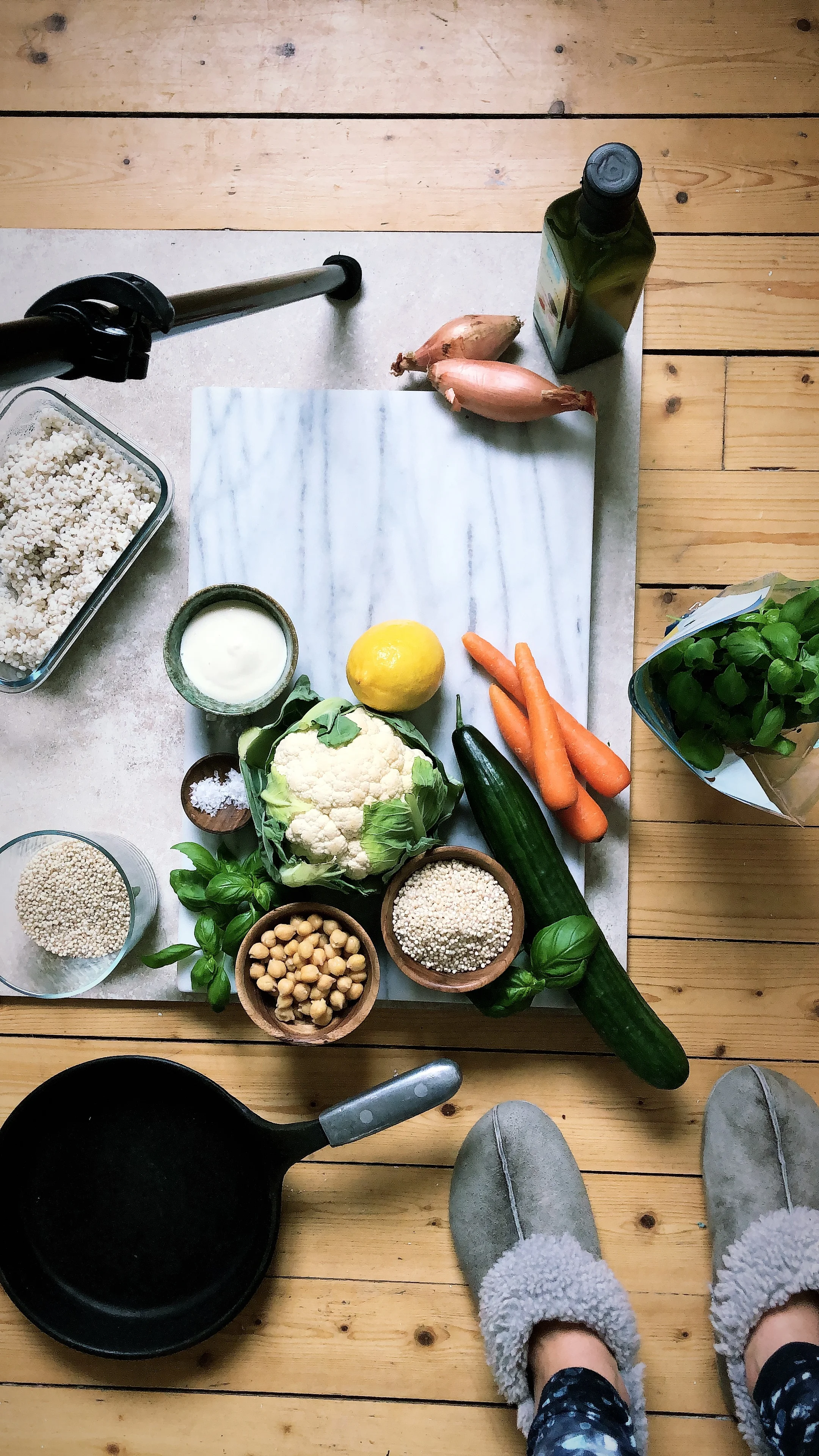How to write a cookbook pt.1
How to write a cookbook
Part 1 - How to get a book deal
I remember everything about the moment I got my first book deal. I remember the email from my dear publisher writing I got the deal. I remember where I was, what I was wearing, what I did, who I first spoke to. How it felt. For me it was a dream come true, a “confirmation” that I had something really interesting going (as in my take on plant based food) and a possibility to reach out to a lot of people - sharing my food philosophy and love for food in more ways that I could ever imagine.
“Congratulations and welcome to the Bonnier Fakta family!”
- Subject line of the email from my publisher saying we just “sealed the deal” two years ago
Quite often I get the question “How should one do if one wanted to write a cookbook?” and “How does it really work with writing a cookbook?”. So I thought; let’s write it down in the hopes of giving a hand to all of you who have a dream about writing that lovely cookbook. It can be hard knowing where to start, I know that for sure as I didn’t know much at all about the industry when I first started to realize that dream of mine.
This is the first part in a series of two blog posts (might be a couple more - who knows!) where I’ll be sharing my best tips and ideas for pursuing a dream of writing a cookbook*. In this first part I’ll go trough how to create the best conditions for getting that deal in the first place, and in the second post I’ll write about the following creative process and share some tips and ideas that have helped me during the creative work with my cookbooks (AND other creative projects, too!).
Before we start - a few of my own notes on/experiences of the whole business that could be good to take on. Today cookbooks are usually very much in to one specific theme or focus. Cookbooks that are very clear on what they want to bring about, and what the reader can expect from them are often popular ones. Therefore, finding that special subject - that isn’t out there yet - can be the “make it or brake it” for your idea.
And what else. My perception is that people like buying a concept. Not only a book but a whole concept - where the book is a part. Furthermore I’d recommend to also consider thinking even bigger - start creating your concept - when working on your book idea. To take an example; my concept is “The new green” - which is not only in the title of both my cookbooks but also a way of talking, writing, creating and breathing plant based food in a “new”, creative way. I’ve created a concept around it (and I’m stil doing it, every day), are constantly coming back to that concept whenever I’m thinking about new projects. In other words my concept - my brand - permeates most of the things I do. This is to create a space and lifestyle that I hope resonates with and inspires people.
You probably don’t have to think this big when writing your first book, I’m sure there are people doing it in totally different ways - but I wanted to share it with you as this has been working for me!
ANYWAY, on to the juicy bits which I believe you’re here for. To make it easy I’ve written down five steps which will help you to get on with the work. AND, I’m sure you can find them useful in a bunch of different occasions other then writing books (so have I!). It’s really about collecting what’s in your mind, and to get goding. Anyway, again. Find them below!
5 steps on getting a book deal
By Thess
Come up with an idea
First of all you need an idea. I find that the best ideas (or at least the ones with the best chances in a process like this one) are the ones that you truly believe in, that really describes your food philosophy and what you want to bring out there. Those are ideas that I have found often comes naturally, without you having to think too much.
Scan the market(s)
In this stage it’s also very important to scan the market. Both in you market (country) but also in other markets (other countries) as the book industry today is a worldwide business. If there’s already a book similar to the one you’re thinking about out there somewhere it reduces the chances for your book being published even in your own country. Plus. The idea of your book being translated in to other language is quite exciting, isn’t it? Much more likely if there isn’t a similar one already out there.
Make sure you’re well engaged in the market to make sure you’re not putting a lot of effort in to something that is already exciting.
Once you’ve all set on your idea you can start to develop it - this is where the fun bit really starts!
Write a synopsis
A synopsis is a written presentation of your idea, which will be a part on the proposal to a publishing company. To get going I tend to proceed from a few questions. The questions helps me to put words on all the ideas in my head, and to clarify them to make someone else understand the greatness of them (which, sometimes might be a bit tricky…).
What is special with your idea?
How does it differ from existing ideas/books on the market?
Why does the market needs your idea/book?
What will your book do to the ones reading it?
Make sure to do this part carefully, it’s really important to be clear on your idea. Once you’re all set on these bits you are good to go on, and can now start being more specific regarding what the recipes will look like, creating a mood board with photos that shows what you want to create etc. Write down a few recipes, test cook them if you’re not confident they will fly. I find that the publishing companies more often then not want a brief picture of this part (recipes, not all but some, and photo inspiration) too.
Ps. Note that if you do proceed on and get that book deal your publisher/editor/designer/other creative and nice people at the publishing company will develop your idea with you - so nothing is set in stone. But I find it very useful to have a very specific basic idea to start, which you feel very strongly for.
Get in touch
When you’re all set and are happy with your idea and your synopsis it’s time to reach out - to get in touch. Find a publishing company that you like and that you think would publish a book just like yours (for example some publishers don’t publish cookbooks - and those particular publishers shouldn’t, as a suggestion, take any of your time).
Visit the publishing company’s website to get the contact information and information on how to send in your idea. How they want you to do it (when etc, some companies have “auditions” where you can get the chance on meeting a group of publishers first hand, for example) might differ from company to company, but it’s always a good idea to write a well taught out personal letter describing yourself that you send in with the synopsis. Then comes the waiting.
Don’t give up
If you do have a great idea it’s worth fighting for. Getting a no at the first place you’re sending your proposal doesn’t mean no-one else won’t believe in your idea. Go on and try with another publishing company if the first one nicely declined your proposal.
So remember; don’t give up - live and love your idea, but be open minded and allow it to be shaped according to inputs from people in the business/as you develop your original idea. That is just a natural creative process.
Don’t give up!
Almost there
The next part in this series; “Pt. 2 Geting creative” will be up on the blog next week. Stay tuned for my best ideas on how to set up a creative space where you can create magic! Ps. It can also be applied to other creative works - not only writing a cookbook!
I hope you’ve liked this post, and that it gave you some ideas and inspiration. I’m sure there are many different ways to getting that book deal, but this was what was working for me. Hope it resonates with you! Would love to read your comments in the field below!
Take care, and GOOD LUCK!
X
Thess
* Note that my writing is based on working on getting a book deal in Sweden, as that is where I’ve got my ones. The process may differ in different countries. For example: In Sweden it’s possible to get e deal without the help from an agent, which I know to be more of a rule than an exception in other countries.





